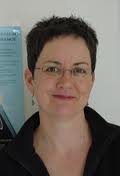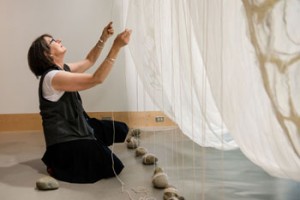
Palace Yurt on display in the Evergreen Gallery, main floor, Library Building during Return to Evergreen.
Update: Tacoma News Tribune ran a nice story on Janice Arnold’s exhibit now showing in the Evergreen Gallery.
Return to Evergreen Highlight: By happy coincidence, the work of Janice Arnold ’78 will be on display this Saturday in The Evergreen Gallery, Library building, main floor. The exhibit, “Palace Yurt: Deconstructed,” continues through December 11, 2013.
The dreamily diaphanous installation has the twin effects of soothing the mind while igniting the imagination. It also offers a rare glimpse behind the scenes of textile art – how such works come to be, from inspiration to raw materials, technical drawings and logistics, culminating in the final artistic manifestation.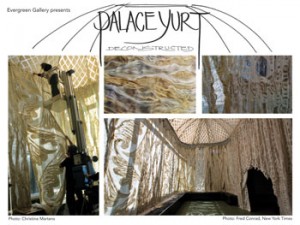
Janice Arnold ’78 has pushed the artistic boundaries of handmade felt for more than 10 years. Her massive installation, “Palace Yurt,” a contemporary translation of traditional Mongolian structures, was the centerpiece of the Smithsonian Cooper-Hewitt National Design Museum’s 2009 “Fashioning Felt” exhibition in New York.
Once you see this exhibit, you will want to hear from the artist herself. Happily, Janice will speak on campus Wednesday, November 20 at 11:30 as part of this year’s “Artist Lecture Series.” The Artist Lecture Series is free and open to the public.


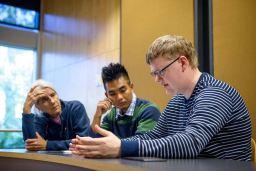
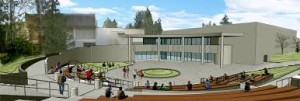 Honoring former Vice President of Student Affairs Art Costantino for his years of service, Evergreen will dedicate the Recreation Center (CRC) as the
Honoring former Vice President of Student Affairs Art Costantino for his years of service, Evergreen will dedicate the Recreation Center (CRC) as the 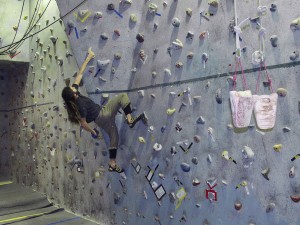


 Troy was comics editor for the Cooper Point Journal (CPJ) last year. Among his many published works is a riff on “Schrodinger’s Cat,” a fundamental principle of quantum mechanics that states a physical system such as an electron – or a cat – exists partly in all its particular theoretically possible states simultaneously until it is observed, at which time it exists only in the state corresponding to the exact instant of observation. Don’t see the humor? Look what Troy does with the concept.
Troy was comics editor for the Cooper Point Journal (CPJ) last year. Among his many published works is a riff on “Schrodinger’s Cat,” a fundamental principle of quantum mechanics that states a physical system such as an electron – or a cat – exists partly in all its particular theoretically possible states simultaneously until it is observed, at which time it exists only in the state corresponding to the exact instant of observation. Don’t see the humor? Look what Troy does with the concept.


